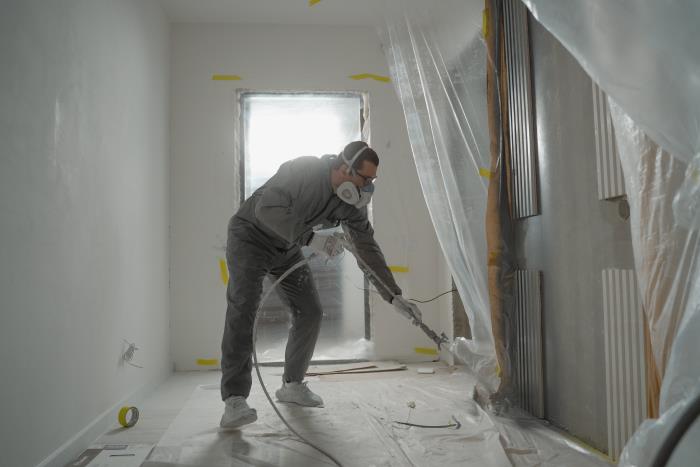Lead Poisoning Prevention Program

CONTACT US
Environmental Health Services
Monday - Friday from 8:30 a.m. to 5:00 p.m.
3160 Center Street NE
Salem, OR 97301
Phone: (503) 588-5346
Fax: (503) 566-2986
Information & Resources
Every year, Oregon children are exposed to dangerous levels of lead in their homes. For some, that exposure will result in slow growth and development, behavior and learning problems, or health effects such as kidney or liver damage.
Protect Your Family
Lead Dust
Although lead poisoning declined after lead was eliminated from paint, and gasoline, many children are still exposed to dangerous amounts of lead. Many people think lead is a problem only in deteriorating homes with old, chipped paint, but lead dust is the main cause of lead poisoning, and it's common inside and outside homes built before 1978. Many families are remodeling or painting older homes and may be exposing their children to lead without realizing it.
Nearly half of all the investigations for childhood lead poisoning in Oregon found that remodeling or repainting was the likely source of exposure. The greatest risk is in homes built before 1950. Every county in Oregon has homes built before 1950 that may contain leaded paint, and lead-based paint is not the only source of exposure, so the risk of exposure is real throughout the state.
Other Lead Hazards
Pregnant women and families with children younger than six should take special care to avoid exposure to lead. The first step is to identify lead hazards in the home. While chipping paint, dust, and contaminated soil are common lead sources, other sources include household plumbing with lead solder that can leach lead into drinking water, painted toys and furniture, lead-glazed ceramic ware and some home remedies.
Testing Blood Lead Levels
In Oregon, approximately 2,000-5,000 children may have blood lead levels at or above the lead poisoning level of 10 micrograms per deciliter. Many more children have borderline levels of lead that are not high enough to be termed 'poisoning', but not low enough to be considered safe. Recent research indicates that even low levels of lead in the blood may contribute to lowered intelligence later in life. Because lead poisoning often occurs with no obvious symptoms, it frequently goes unrecognized.
The only way to test for lead poisoning is by asking your health care provider for a blood lead test. Call the Leadline for more info: 1.800.368.5060.
LEADLINE 1.800.368.5060
OHA Lead Poisoning Prevention Program
Resources for Parents
Resources for Providers
Interpreting and Managing Blood Lead Levels <10 µg/dL in Children and Reducing Childhood Exposures to Lead: Recommendations of CDC's Advisory Committee on Childhood Lead Poisoning Prevention
Agency for Toxic Substances and Disease Registry
Email Privacy: While we are happy to answer general questions via email, we suggest you do not transmit personal or health related information in your message. We cannot meet any expectation you might have of confidentiality when you communicate with us over the Internet. If you have a specific personal or health-related issue, please call the appropriate county government office instead.
Email address: health@co.marion.or.us
To report a public health emergency, or make an urgent report of communicable disease, call (503) 588-5621 at anytime.
